Japan Modern Culture: Apre il Nuovo Tsukiji Fish Market e si chiama Toyosu Market
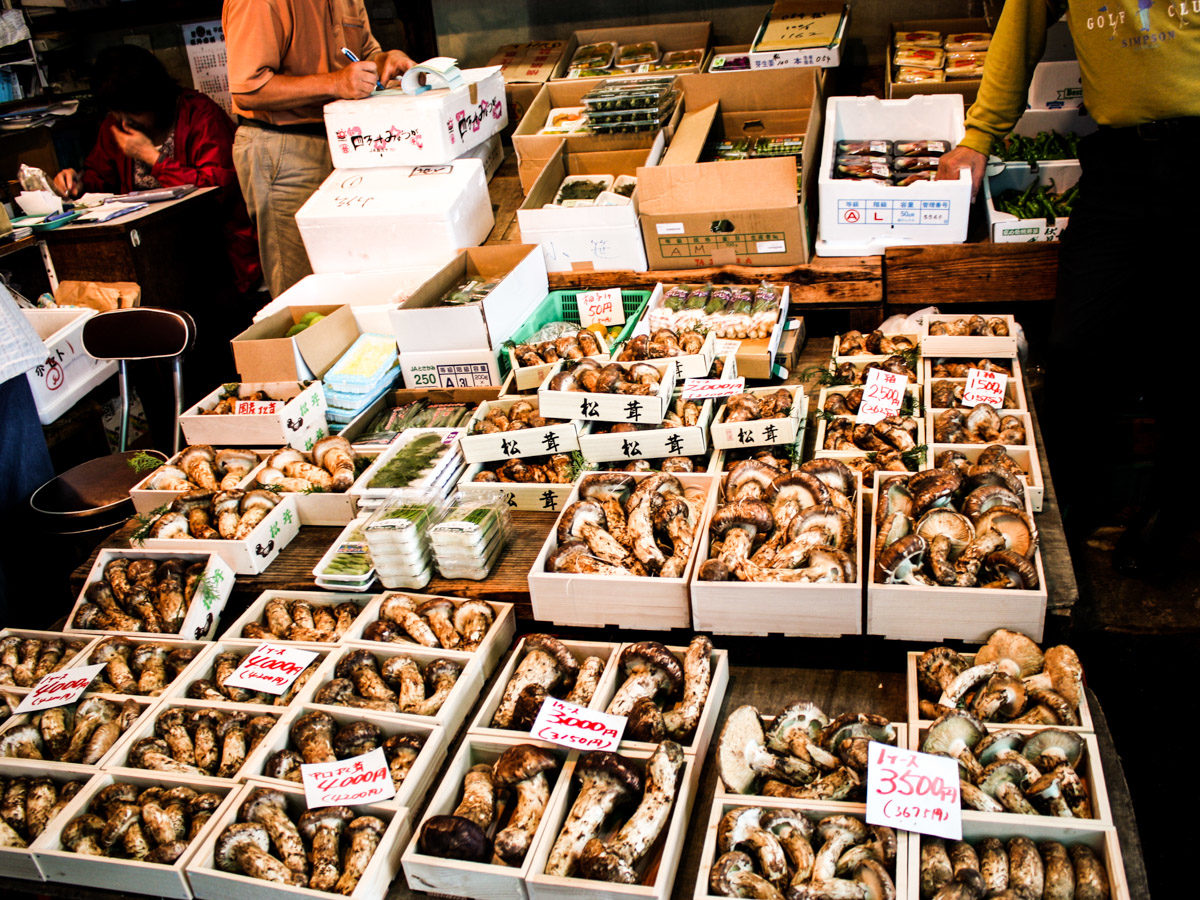
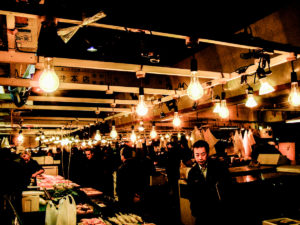
photo credit: nika-88 on flickr & karipkarip on flickr
Tutti gli appassionati del Giappone hanno sentito parlare almeno una volta dello Tsukiji Fish Market. Il mercato ittico all’ingrosso di Tsukiji (in giapponese 築地市場, Tsukiji shijō) è stato il più grande mercato del pesce del mondo. Si trovava a Tokyo, nel distretto di Tsukiji, spostato nella zona Toyosu lo scorso ottobre.
Visitato ogni anno da migliaia di turisti, l’odierno Toyosu (Tsukiji) Fish Market ospita un numero di lavoratori che oscilla da 60.000 a 65.000 unità, tra venditori accreditati, personale amministrativo e operai.
Lo Tsukiji Fish Market era, ed è tutt’oggi, una vetrina su un importante elemento della cultura gastronomica giapponese e dell’economia della nazione. Considerato un’istituzione nazionale, da ottobre finalmente ha stabilito le radici nel nuovo spazio di Toyosu, mandando in pensione dopo oltre 80 anni lo spazio nel quartiere Tsukiji. Il mercato del pesce di Tokyo continua a mantenere il suo record come il più grande mercato ittico all’ingrosso del mondo.
Lo Tsukiji Fish Market è sempre stato uno dei simboli della relazione simbiotica fra la cucina giapponese e l’oceano. Non è infatti raro trovare chef internazionali e ristoratori di tutta la città camminare fra le aste ogni mattina e rimanere stregati dall’atmosfera di questo posto.
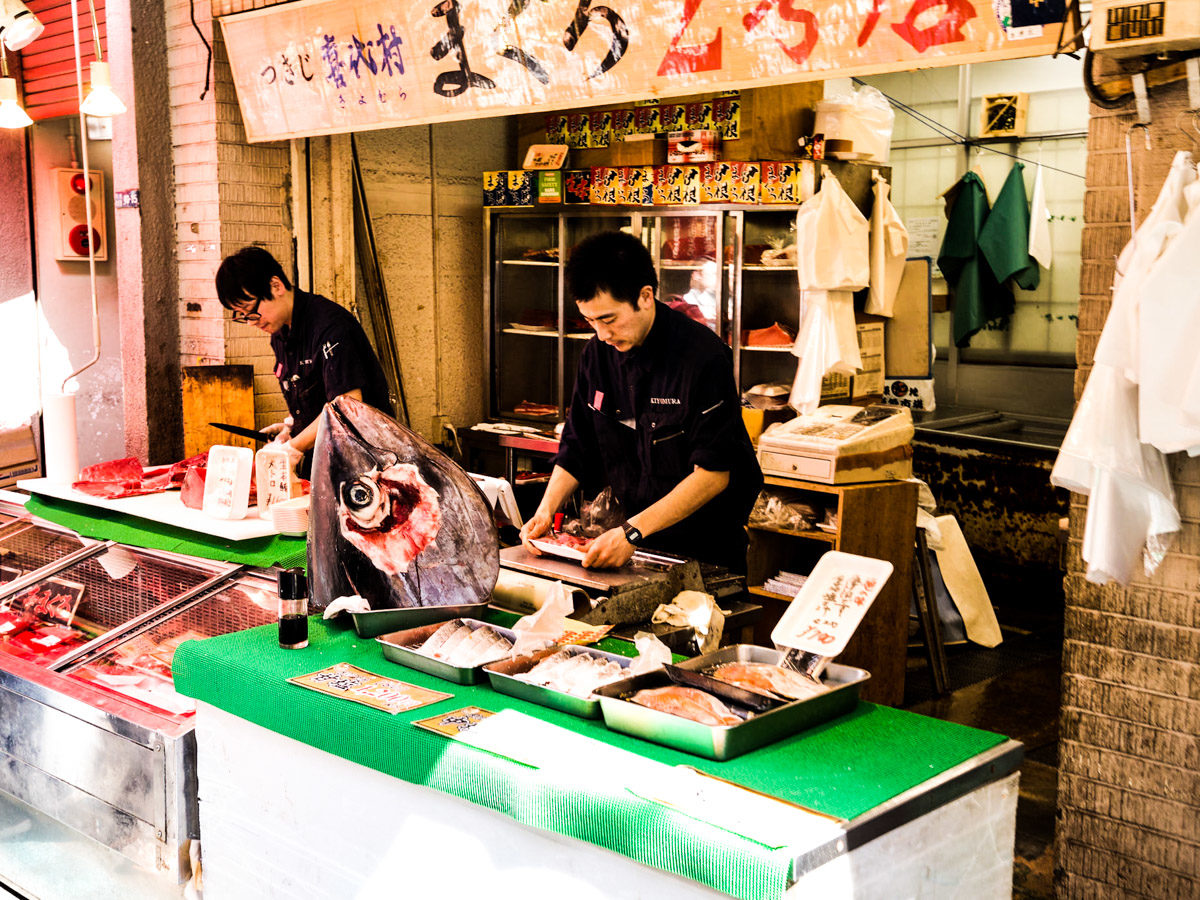
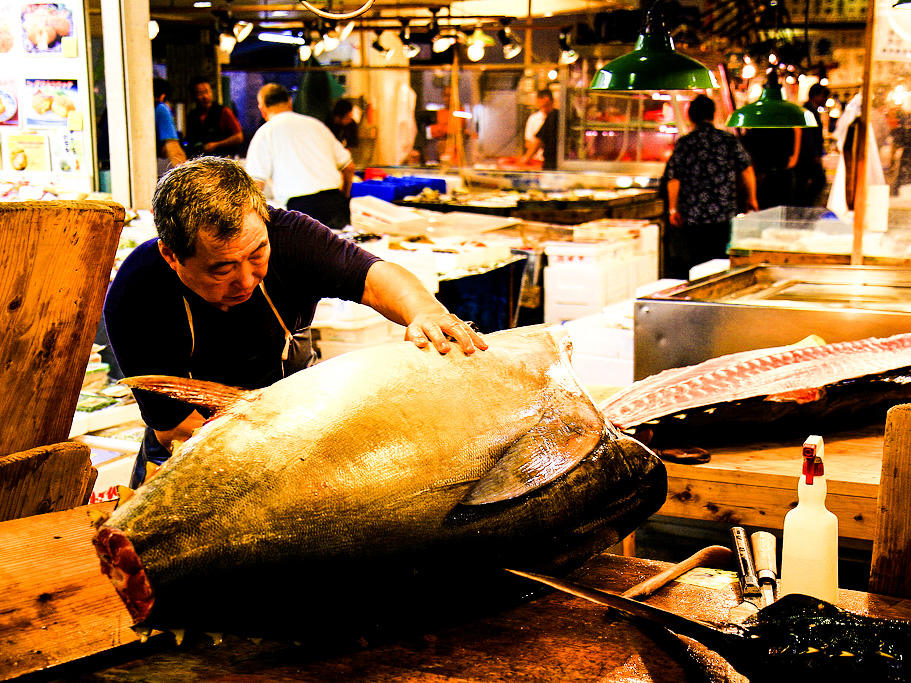
photo credit: yuichi38 on flickr & 584laurel on flickr
La Storia
La storia dello Tsukiji è egualmente impressionante. Oltre 500 specie di pesce vendute quotidianamente, inclusi alcuni tagli di sushi veramente costosi, 700 mila tonnellate di prodotto venduto ogni anno, più di 12 milioni di euro in turnover quotidiano.
Già in sostituzione del precedente mercato nell’area di Nihonbashi distrutto dal Grande terremoto di Kanto nel 1923, lo Tsukiji fish market ha aperto le sue parte nel 1935. Con le sue centinaia di bancarelle, il mercato è famoso per la vendita di pesce che varia dagli scampi alla balena, ma soprattutto per la quotidiana asta dei tonni pinna blu, venduti per migliaia di dollari l’uno. Una tradizione che continua anche nel nuovo mercato di Toyosu è anche quella dell’asta di capodanno dove i ristoratori competono l’uno contro l’altro per pagare il prezzo più alto per il primo tonno del 1 gennaio di ogni anno.


photo credit: jpellgen on flickr & thisisinsider.com
Il mercato apre alle 5 del mattino ed è frequentatissimo anche dai turisti. Se volete approfittare del vostro jet lag, assicuratevi di mettervi in coda per essere selezionati nel ristretto gruppo di visitatori a cui è permesso guardare l’asta dei tonni.
I tonni appaiono in varie pezzature e, durate l’asta, sono posti a terra, in ordine, ancora surgelati. Ogni taglio è munito di cartellino che ne indica peso, qualità e provenienza, e si presenta senza testa e con le code tagliate in modo da poter visionare il colore della carne.
Ad asta finita, tutti i visitatori possono mettersi in code ancora più lunghe per vedere gli addetti ai lavori che procedono al sezionamento e alla preparazione delle trance di tonno già pronte all’uso. E’ qui che si potrà vedere e assaggiare il classico taglio per il sushi e lo sashimi più buono che voi possiate assaggiare.

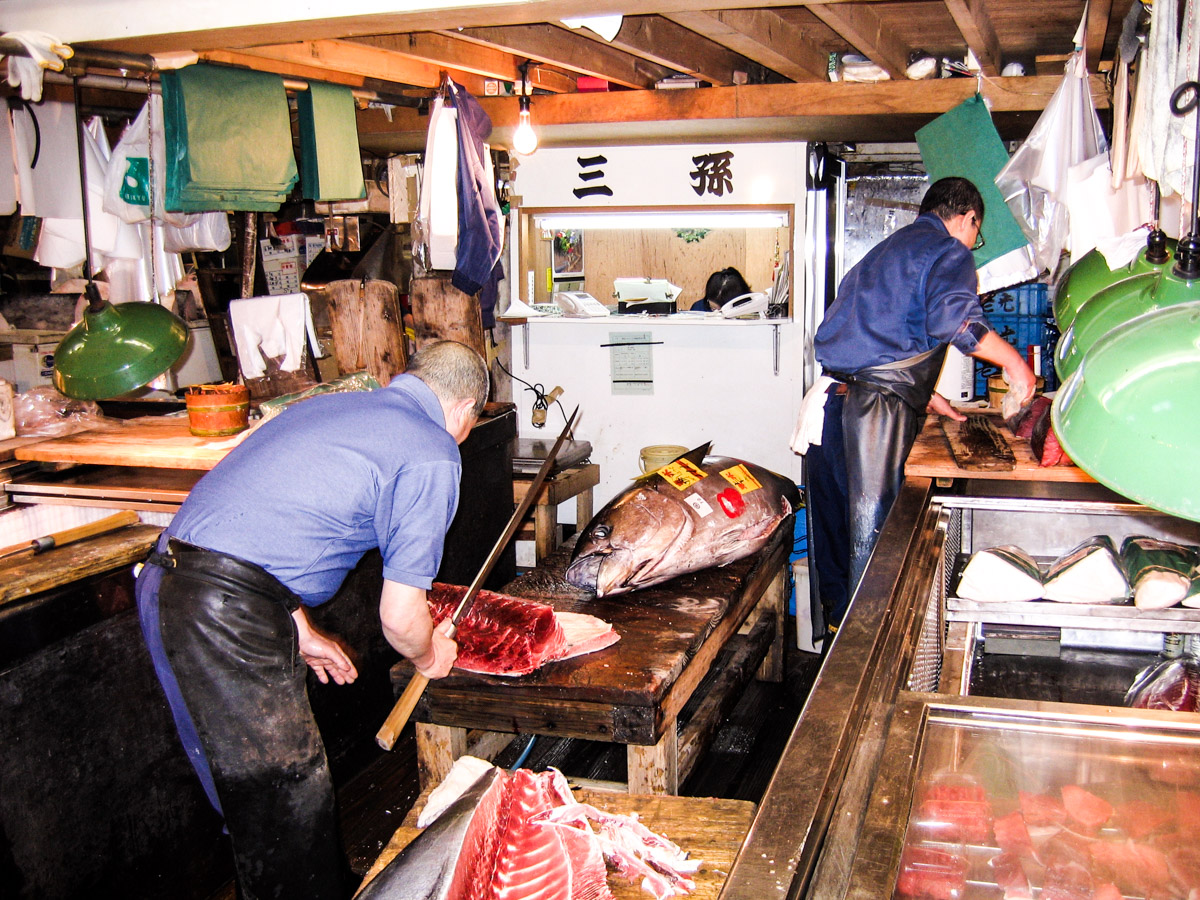
photo credit: thisisinsider.com & jpellgen on flickr
Dov’è lo Toyosu Fish Market ora?
Il Nuovo Tsukiji Fish market, ora rinominato Toyosu Fish Market, si trova vicino alla stazione di Shijomae sulla Linea Yurikamome, nel quartiere Koto di Tokyo, circa 2 km ad est di Tsukiji. E’ ospitato in 3 edifici interconnessi (due per la vendita del pesce e uno per la vendita di frutta e verdura). Gli edifici sono connessi direttamente alla stazione con un passaggio sopraelevato coperto, rendendolo perfetto per ogni clima. Toyosu è grande quasi il doppio del vecchio Tsukiji market, circa 40.7ha che gli permette di mantenere il suo status come mercato ittico più grande al mondo


photo credit: CNN.com & thisisinsider.com
Ammissione al Toyosu Fish Market
L’entrata al Toyosu Fish Market è gratuita e potete guardare le aste dalle piattaforme dedicate. Vi basterà avere un pass visitatori per entrare negli edifici e poter anche assaggiare tutti i deliziosi manicaretti nel compresso dei ristoranti, la maggior parte dei quali è stata trapiantata dal vecchio Tsukiji.
In quest’area in realtà non c’è molto altro, ma se volete rimanere in zona, potete andare ad esplorare la vicina Odaiba. Inoltre si dice che nel 2022 verrà aperta la Senkyaku Banrai, una strada dedicata allo shopping parte integrante di un progetto per rendere la comunità più vivibile e vivace.


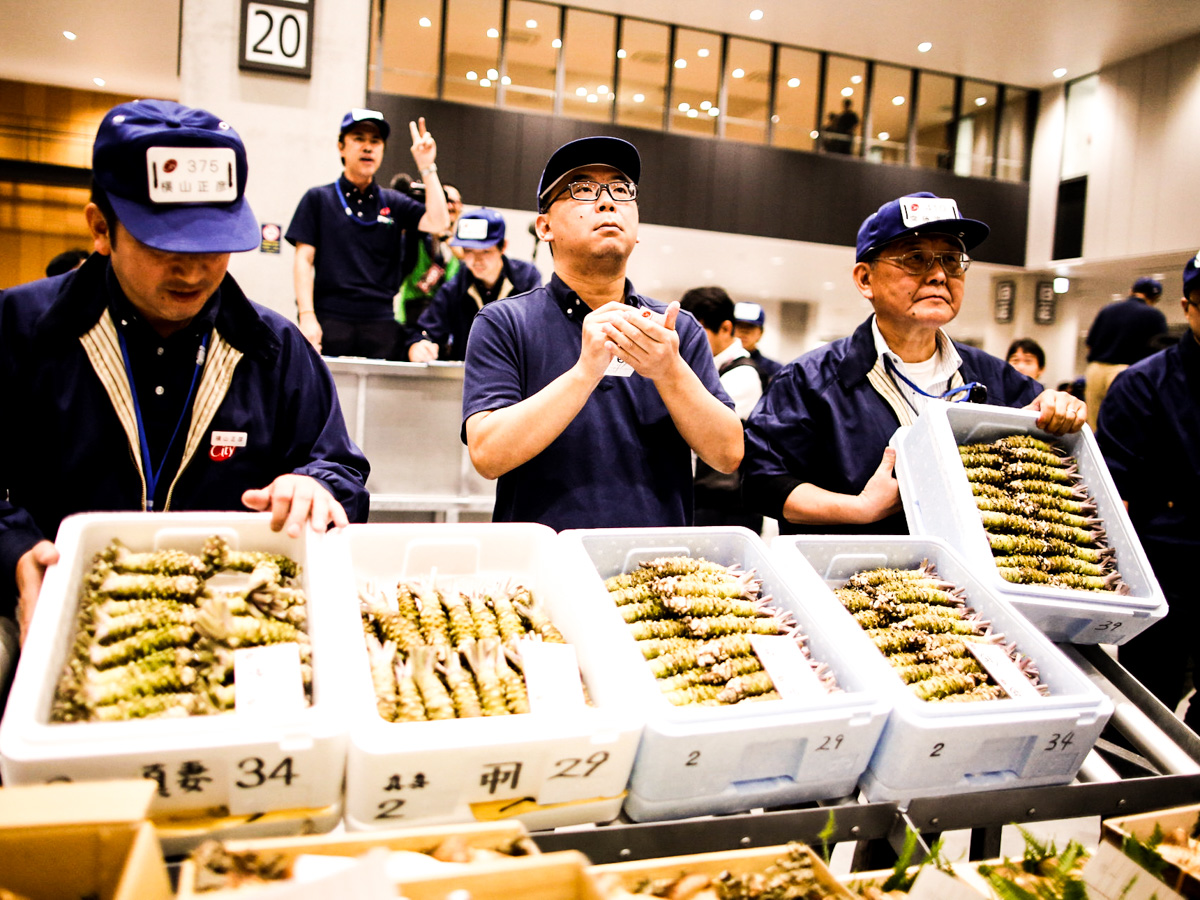
photo credit: falloutx & thisisinsider.com
Condividi:
- Fai clic per condividere su Facebook (Si apre in una nuova finestra)
- Fai clic qui per condividere su Twitter (Si apre in una nuova finestra)
- Fai clic qui per condividere su Tumblr (Si apre in una nuova finestra)
- Fai clic qui per condividere su Pinterest (Si apre in una nuova finestra)
- Fai clic per condividere su Telegram (Si apre in una nuova finestra)
- Fai clic per condividere su WhatsApp (Si apre in una nuova finestra)
- Fai clic qui per condividere su Reddit (Si apre in una nuova finestra)
- Fai clic qui per stampare (Si apre in una nuova finestra)






